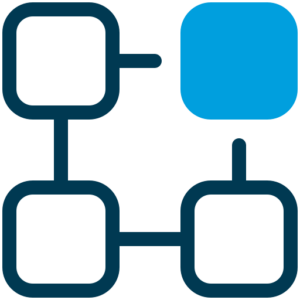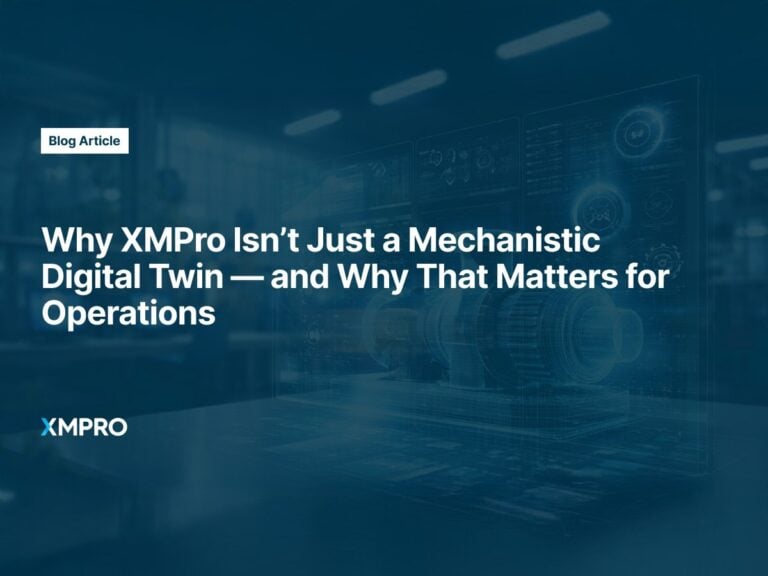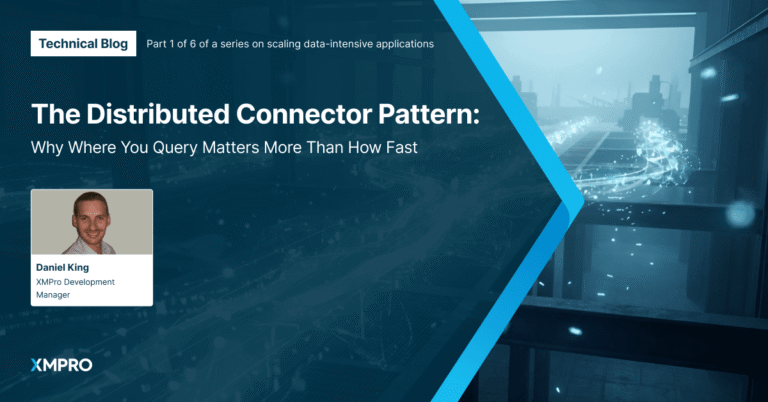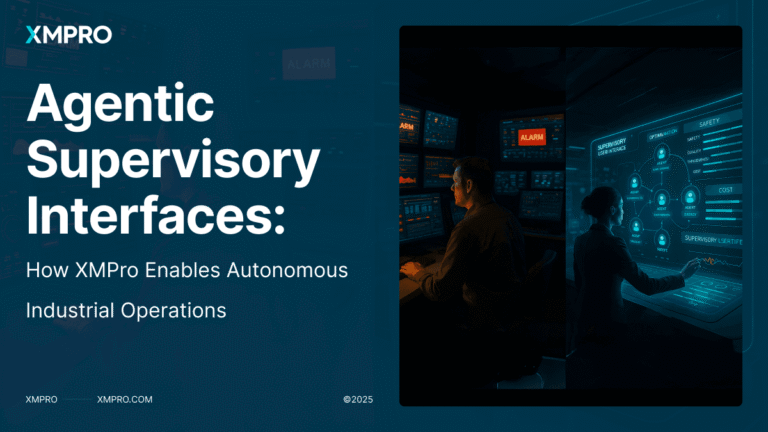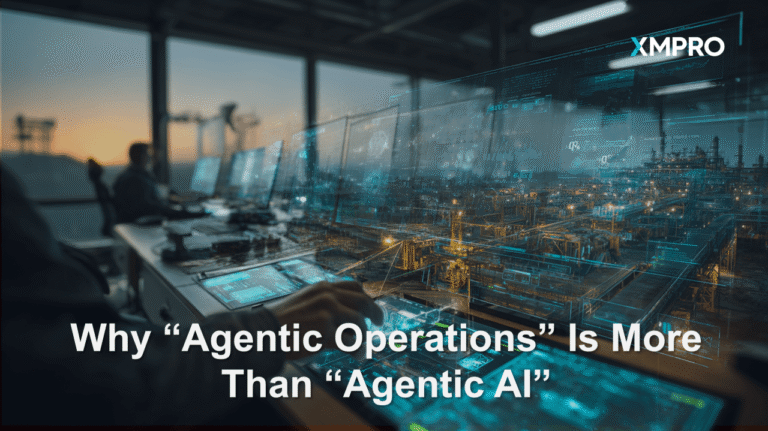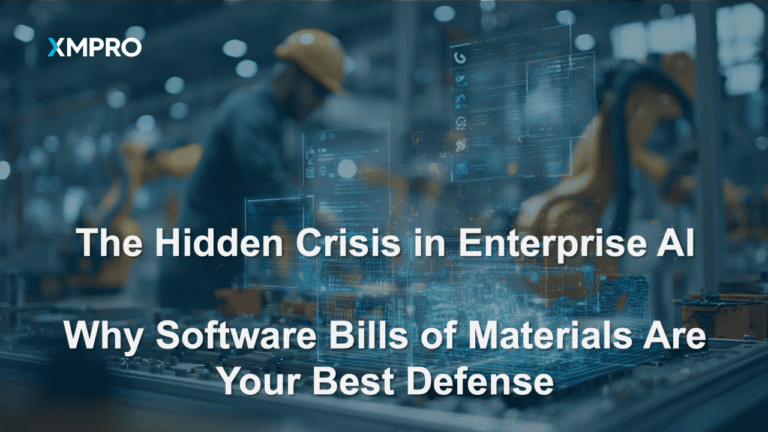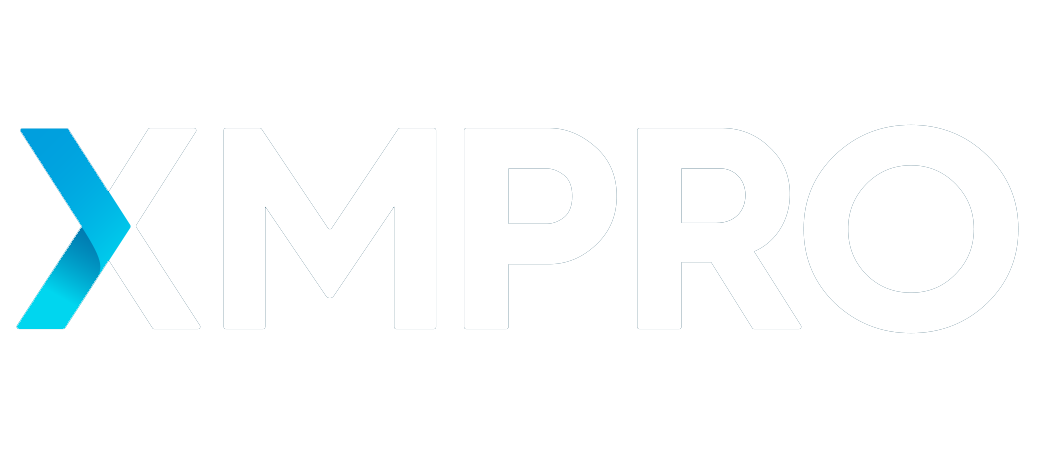Why XMPro Isn’t Just a Mechanistic Digital Twin — and Why That Matters for Operations
Why XMPro Isn’t Just a Mechanistic Digital Twin, But a Decision Intelligence Platform for Operations
The Distributed Connector Pattern – Why Where You Query Matters More Than How Fast
The Distributed Connector Pattern: Why Where You Query Matters More Than How Fast Part 1
The Question Elite Operators Ask That Most Vendors Can’t Answer
When Separate Conversations Point to the Same Gap Maria Joyce, VP of Maintenance & Engineering
Supervisory Intelligence vs Business Intelligence: Why Agentic Operations Need More Than Dashboards
Authored by Wouter Beneke, Marketing Lead at XMPro Agentic Operations for Industrial Enterprise is becoming
Agentic Supervisory Interfaces: How XMPro Enables Autonomous Industrial Operations
This article explores how control rooms are evolving from dashboards that show what’s happening, to
Why Agentic Operations Is More Than Agentic AI
When equipment fails at 2 AM, the operator who sees the alarm often knows what
The Hidden Crisis in Enterprise AI: Why Software Bills of Materials Are Your Best Defense
Gartner predicts that through 2028, over 50% of AI initiatives will halt because organizations
When Mechanical Engineers Start Building Multi-Agent Systems
Something happened in our engineering team recently that made me rethink what expertise means in
When IT Needs and Operational Value Diverge: A Multi-Agent Reality Check
I joined an interesting call today with the IT division of a large multinational energy
XMPro Joins the AVEVA Partner Ecosystem to Help Industrial Companies Scale AI and Digital Transformation
Dallas, TX, November 03, 2025 XMPro, a leader in industrial decision intelligence and autonomous AI
Why Cognitive Architecture Matters When Economic Models Break
Why I’m Writing This I don’t often write direct responses to LinkedIn posts, but Michael













